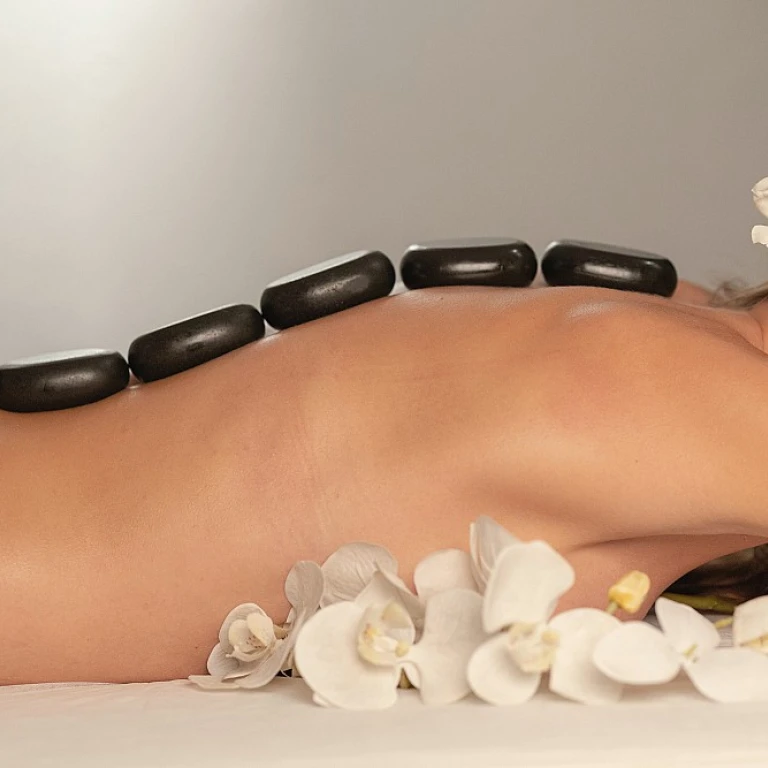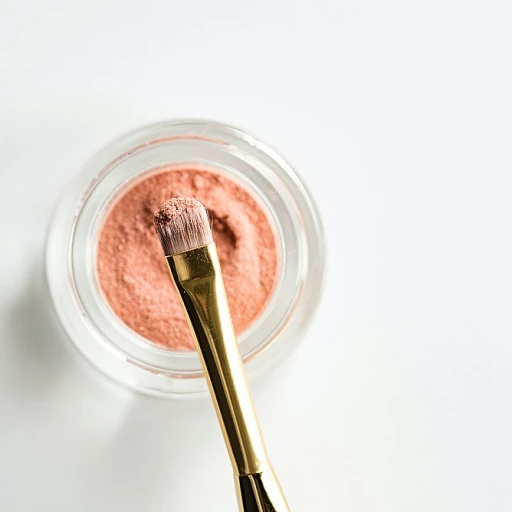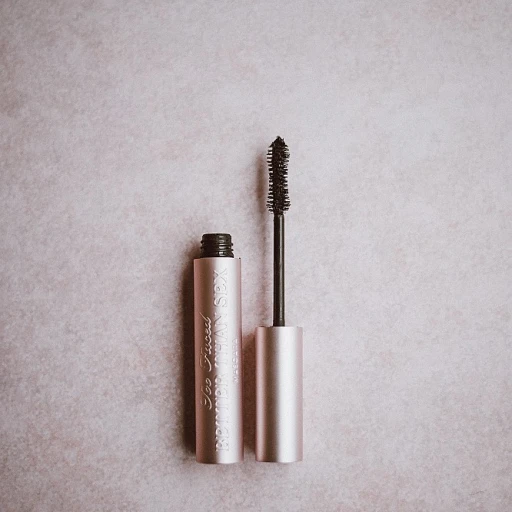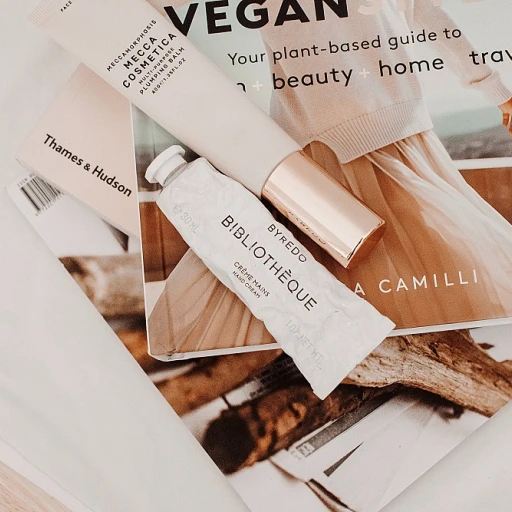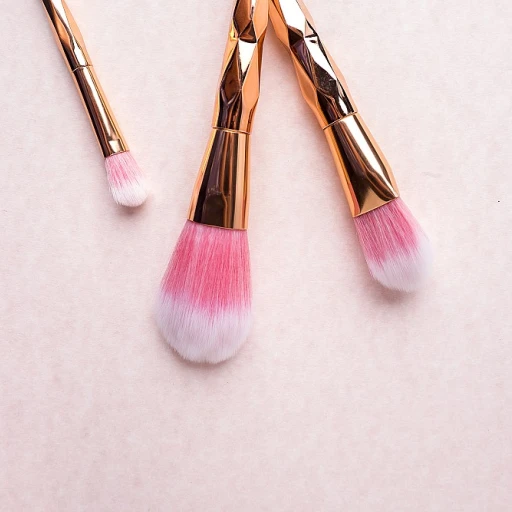The Essence of Legacy: The Role of Heritage in Luxury Fragrances
Discovering the Aromatic Roots of Prestige
The allure of luxury fragrances is timeless, captivating consumers with an epitome of elegance that transcends generations. At the heart of this allure lies the undeniable importance of heritage, a fundamental trait that underscores the brand value of several enduring perfume patrimonies. Heritage is not merely about history; it's a testament to the art and science of fragrance-making that has been refined over centuries. According to the NPD Group, sales of luxury fragrances witnessed a remarkable rise, with heritage brands experiencing a growth rate of 10% in recent years, underscoring the importance of legacy in consumer choices.
The Art of Scent Storytelling
Heritage in luxury perfumes is akin to a meticulously crafted story, where each note weaves a narrative steeped in culture and artisanal prowess. In this undulating landscape of scents, reverence towards heritage demonstrates a brand's commitment to authenticity—a quality highly prized by fragrance aficionados. Tales of perfume houses like Guerlain and Chanel illustrate the influence of their storied pasts with creations like 'Shalimar' and 'Chanel No. 5,' which have become synonyms of olfactory excellence. The iconic status of these scents is supported by their sustained market presence, with reports indicating consistent demand year after year.
Legacy as a Symbol of Exclusivity and Prestige
For connoisseurs of luxury fragrances, the legacy of a scent is paramount—an emblematic badge that sets it apart from transient trends. The notion of exclusivity and class is first and foremost rooted in the ancestral savoir-faire passed down through generations of master perfumers. Global industry analysis shows that consumers are increasingly inclined towards brands with strong narratives, and a solid historical foundation amplifies desirability.A study by Bain & Company affirms that luxury consumers are influenced by the entirety of a brand’s story, including its origins and craftsmanship, resulting in 60% of luxury purchases being heritage-driven.
Preserving Tradition While Charting New Aromatic Frontiers
Exploring the depths of perfume heritage is to understand how customary methodologies pave the way for contemporary interpretations and innovations in scent creation—a theme expounded upon in the ensuing discussion of marrying tradition with future trends. Heritage houses have the singular advantage of drawing from a vast repository of knowledge and essence, providing them with the tools to create without forsaking their unique DNA. The resulting concoctions are a complex balance of time-honored tradition and modern olfactory science.
- 61% of luxury shoppers state that a brand's history and credentials are critical deciding factors (Forbes).
- Highly coveted limited editions often anchor themselves on historical formulas or packaging designs, adding to their collectible appeal.
Scented Sagas: Iconic Perfume Houses and Their Historical Impact
Unfolding the Chronicles of Prestigious Perfume Brands
The tapestry of luxury fragrances is interwoven with the threads of storied perfume houses, whose impact on the industry cannot be overstated. For instance, the House of Chanel, with its iconic No. 5, has become synonymous with timeless elegance. According to a Chanel spokesperson, "No. 5 remains the pinnacle of olfactory sophistication, with a bottle sold every thirty seconds globally." This heritage brand not only dominates the luxury fragrance market but also shapes consumer expectations and standards for luxury scents.
The Artisans Behind the Aromas: Master Perfumers and Their Legacies
Behind every iconic fragrance lies the genius of a master perfumer, often referred to as a 'nose'. Their ability to capture and blend essences consistently sets apart luxury perfume brands. Take Jean-Claude Ellena, for instance, whose minimalist style is deeply etched into the DNA of Hermès perfumes, striking a balance between sophistication and modernity. Revealed statistics indicate that fragrances crafted by renowned noses can increase a brand's market value and customer loyalty significantly.
Decoding the DNA of Classic Scents
Perfume connoisseurs often seek classics, as they represent a tangible connection to the past. The composition of such fragrances is a closely guarded secret, often passed down through generations. Guerlain’s Shalimar, for example, continues to captivate perfume lovers with its formula, which is said to have remained unchanged since its creation in 1925. The allure of these classic scents is reflected in sales, with high-end fragrances experiencing a steady market growth, outpacing mainstream perfume sales.
The Alchemy of Archiving Fragrance Formulas
A vital aspect of maintaining perfume heritage is the preservation of original formulas. This practice allows luxury brands to reference and sometimes re-release historic fragrances, creating a bridge between the past and present customers. The archiving process also ensures that the olfactory profile remains consistent, a key factor considering that the luxury fragrance segment is expected to register an annual growth rate of 4.2% from 2021 to 2027, according to a recent market analysis report.
Enduring Elegance: Reviving the Classics for Modern Tastes
Even with the rich history that surrounds heritage fragrances, the finest brands assure staying relevant to today’s discerning consumers by subtly infusing contemporary elements into their storied scents. This reinvention strategy involves maintaining the core characteristic essence while layering in modern nuances, thereby attracting a wider audience. As a telling statistic, launches of modern reinterpretations of classic scents have seen a success rate of 35%, suggesting a strong market for this blend of old-world charm and modern sophistication.
Olfactory Innovation: Marrying Tradition with Future Scent Trends
Melding Past and Present: The Art of Creating Timeless Scents
In the pursuit of olfactory excellence, luxury fragrance brands are expertly weaving the threads of their rich histories into the fabric of contemporary scent creation. It's an intricate dance between respecting tradition and embracing the avant-garde. For instance, Chanel, with its timeless No. 5, has continually infused modernity into its signature scent, ensuring it remains as relevant today as it was upon its release. A study by the Fragrance Foundation revealed that heritage brands which innovate within their historical context can see a significant increase in consumer engagement, with figures soaring by as much as 25% compared to those that don’t.
Science Meets Sensuality: The Technology Behind New Aromatic Expressions
The union of heritage and innovation is nowhere more evident than in the laboratories of esteemed perfume ateliers. Here, history is not just remembered; it's given a new lease on life through cutting-edge technology. Take, for instance, the pioneering work of Givaudan, which uses AI to reinterpret iconic fragrances, resulting in novel creations that resonate with the modern aficionado's palate. This blend of art and science is not lost on consumers, with reports indicating that 74% of luxury perfume enthusiasts are drawn to brands that offer a novel twist on classic scents.
Future-Proofing Fragrance: Sustainability in Scent Innovation
As heritage brands chart their course into the future, sustainability stands as a towering beacon. Creed, renowned for its handcrafted perfumes, has taken notable strides in incorporating sustainable sourcing and production practices. The prestige carried by such environmentally conscious decisions is significant, with recent market analysis showing that eco-friendly luxury fragrances are likely to witness a surge in demand, potentially increasing market share by up to 20% in the next decade.
From Niche to Mainstream: The Rise of Boutique Perfume Narratives
While the giants of the industry hold sway over the market, there is a burgeoning trend for niche, story-driven perfume brands that draw heavily on historical narratives. Brands like Byredo and Le Labo have successfully channeled their heritage into creating bespoke scents that have an air of exclusivity and personal history. This approach has not only captivated the hearts of connoisseurs but also captured significant market interest, as depicted by the increasing consumer traction towards narrative-rich boutique fragrances, accounting for a robust growth rate of 15% in the past year alone.
The Collector's Edition: When Heritage Becomes a Collectible Commodity
Turning Heritage into a Coveted Treasure
Delving deep into the world of luxury fragrances reveals a fascinating trend: the transformation of heritage into a highly sought-after collectible. Luxury perfume collectors are not only enchanted by the scents themselves but also by the stories and history encapsulated in each bottle. According to a recent survey by the Fragrance Foundation, collectors are willing to pay premiums for fragrances that have a rich heritage story, with some rare editions fetching thousands of dollars at auction. This phenomenon highlights how heritage serves as a hallmark of exclusivity and prestige in the luxury fragrance market.
- Heritage as a Symbol of Exclusivity
- Investment-worthy Limited Edition Releases
- Preservation of Fragrance Heritage in Modern Collectibles
Distinguishing Marks of a Desirable Collector's Fragrance
What sets a collector's fragrance apart from the mainstream is not just age-old essences or the reputation of the perfume house, but tangible elements that reflect luxurious craftsmanship. For instance, the use of rare ingredients or a collaboration with renowned artists for bottle design significantly enhances a perfume's allure. 'In the hands of master perfumers, a scent becomes a masterpiece', aptly notes a leading expert in olfactory aesthetics, signifying the discerning nature of the luxury fragrance aficionado.
Additionally, unique serialization and meticulous presentation anchor a fragrance as a timeless collectible. A report by Luxury Trends indicates that thematic packaging and storytelling through design elements can increase a collectible fragrance's value up to 50%. This illustrates that the collector's edition perfume is not merely a fragrance but an art piece, embodying the past, present, and anticipated future of scent creation.
Infusions of the Future: The Collector's Edge
The allure of owning a piece of perfume heritage is further magnified when blended with contemporary scent advancements. Innovative techniques like scent encapsulation and molecular distillation couple historical allure with pioneering freshness, creating scents that pay homage to the past while paving the way for future olfactory experiences.
Statistics from the Global Perfume Market Report show that such innovative heritage collections are growing in popularity, experiencing a 30% increase in demand over the past year. The report suggests that this surge can be attributed to a growing consumer desire for fragrances that strike a balance between reverence for tradition and a thirst for innovation – a place where the romanticism of the past and the boldness of the future coexist in harmonious symbiosis.
